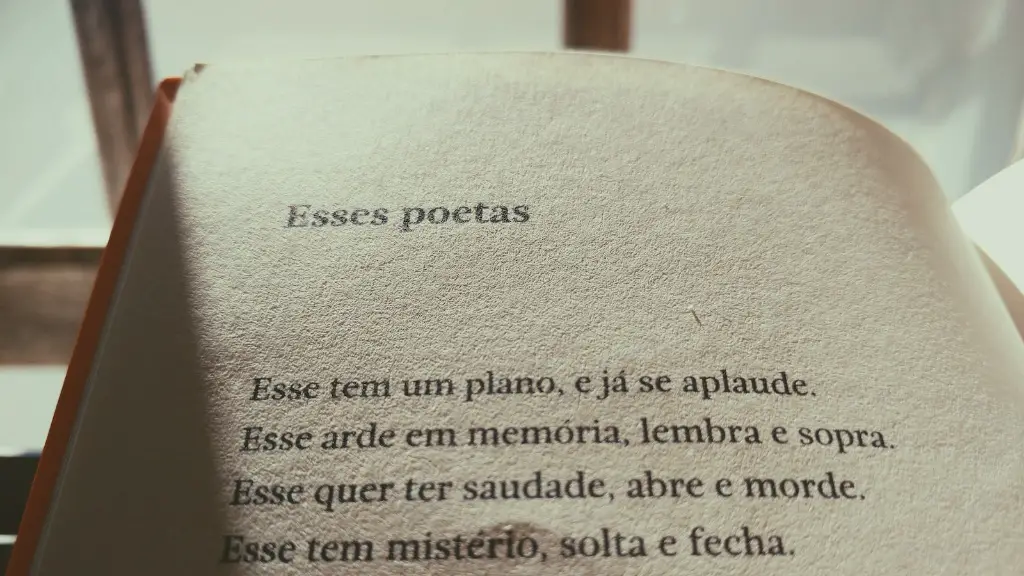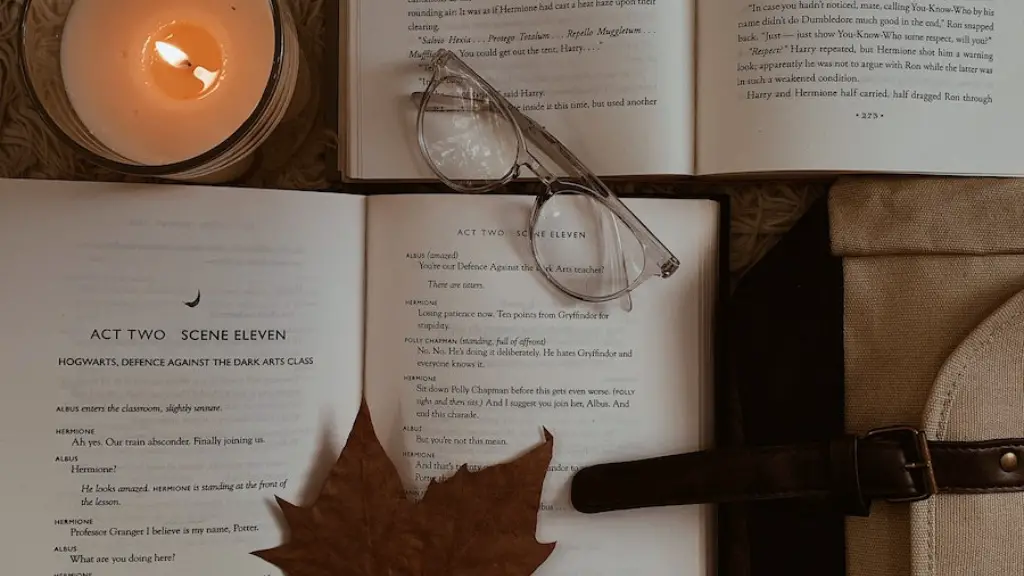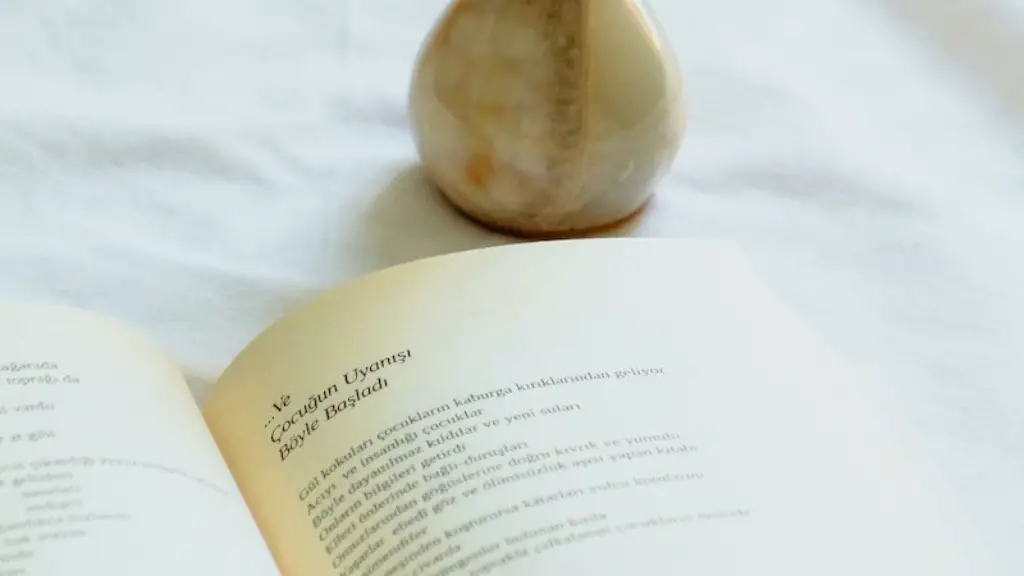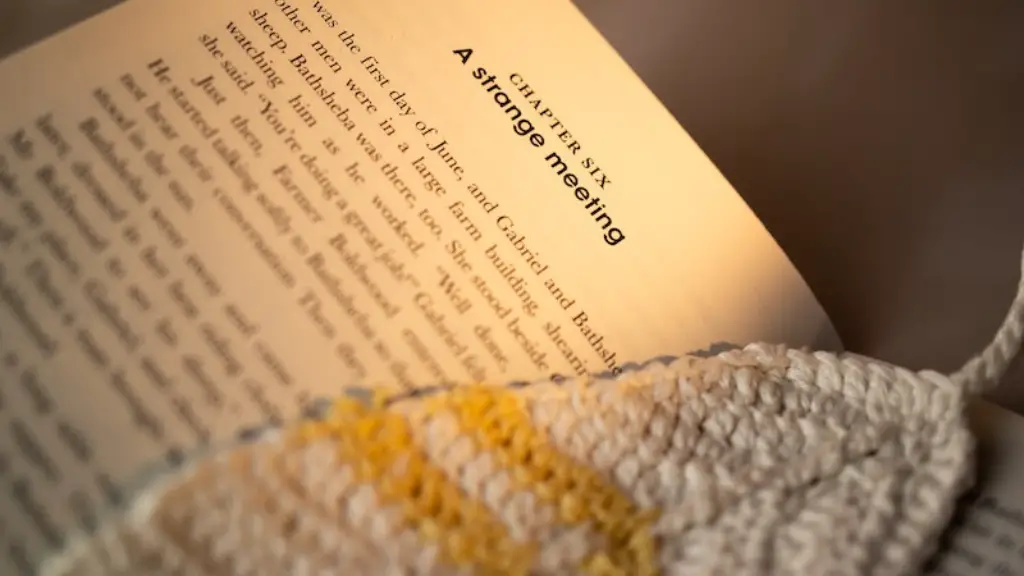Emily Dickinson is a poet who is often considered to be a part of the Romantic movement. This is due to the fact that her work often reflects the ideas and values of Romanticism, such as an emphasis on nature, the individual, and emotions.
Like many other writers of the Romantic era, Emily Dickinson was interested in exploring the inner workings of the human psyche. In her poetry, she often touched on themes of death and immortality, love and loss, and the duality of human nature. She also frequently employed techniques such as personification and metaphors to create a sense of a mystical or ethereal world, which further reflects the Romantic ideal of seeing the world as a source of spiritual revelation.
How does Emily Dickinson use Romanticism?
Dickinson was a prolific poet who wrote about a variety of topics, but she is perhaps most well-known for her poems about death. “Because I Could Not Stop for Death” is a prime example of her use of Romanticism to explore the topic of death. In the poem, death is personified as a kind, gentle gentleman who comes to take the speaker on a journey to the afterlife. Along the way, the speaker reflects on her life and her faith, and the poem ends with a sense of mystery and wonder about the nature of the afterlife. Dickinson’s use of Romanticism in her poetry and lifestyle helped to make her one of the most important and influential writers of the 19th century.
Dickinson is considered a Realist because of her concern and fascination with death, and the harsh realities of life. However, the main characteristic of Romanticism that Dickinson portrays in her writing is the importance of nature to the Romantics.
Is Emily Dickinson a dark romanticism
Dark Romantics focus on human fallibility, self-destruction, judgement, punishment, as well as the psychological effects of guilt and sin. Authors who embrace this genre include Edgar Allan Poe, Nathaniel Hawthorne, Herman Melville, and Emily Dickinson. These writers explore the dark side of human nature, and often use Gothic elements to heighten the effect of their stories. If you’re looking for a good scare, or simply want to explore the darker side of humanity, then these are the authors for you.
Dark Romanticism is a genre that is characterized by its dark themes and creepy symbols. Emily Dickinson used many dark and creepy symbols in her poem, such as graves representing homes and death as a character. She also talks about death in a very accepting way, saying that it is not something to be feared.
What was the main message for Emily Dickinson?
Dickinson’s seclusion allowed her to focus on developing her poetry. Her poems addressed emotional and psychological states such as loneliness, pain, happiness, and ecstasy; death, often personified; religion and morality; as well as love and love lost.
Emily Dickinson was a keen observer, and she used images from nature, religion, law, music, commerce, medicine, fashion, and domestic activities to probe universal themes. Themes that she commonly wrote about include the wonders of nature, the identity of the self, death and immortality, and love.
What are the most significant features of Emily Dickinson’s poems?
Emily Dickenson’s poems are known for their innovative style. They often contain slant rhymes, lack titles, and make use of idiosyncratic punctuation. One of her favorite themes was immortality.
Emily Dickinson is considered one of the leading 19th-century American poets. Her bold original verse is known for its epigrammatic compression, haunting personal voice, and enigmatic brilliance.
What is Emily Dickinson’s style of poetry
Emily Dickinson was a prominent American poet who is best known for her use of slant-rhyme, conceits, and unconventional punctuation. She was also known for her reclusive habits and was part of a prominent Amherst, Massachusetts family.
Dickinson’s use of poetic devices creates ambiguity in her poetry. Through the use of imagery, enjambment, and dashes, Dickinson leaves the reader with more questions than answers. By doing so, she allows the reader to make their own interpretation of her work.
What is Dark Romanticism in simple terms?
Dark Romanticism is a literary sub-genre of Romanticism, reflecting popular fascination with the irrational, the demonic and the grotesque. Often conflated with Gothic fiction, it has shadowed the euphoric Romantic movement ever since its 18th-century beginnings.
Dark Romanticism typically features highly unstable, emotional characters grappling with existential angst, struggling against weird, often supernatural forces. This genre emphasizes the unsettling, the frightening, and the uncanny. Dark Romantics were often preoccupied with death and decay, with unveiling the hidden, dark side of humanity.
Because of its focus on the darker aspects of human experience, Dark Romanticism has often been seen as a forerunner of modern Horror fiction. However, the genre is not without its lighter moments; even the darkest Dark Romantic tales often contain a glimmer of hope, a hint that redemption is possible.
These examples all contain elements of the Dark Romantic subgenre, which is characterized by its focus on the dark, mysterious, and often supernatural elements of life. In “Tell-Tale Heart,” for instance, the narrator’s obsessive fear of the eye of the old man he kills eventually leads to his own downfall. “The Birth-Mark” and “The Minister’s Black Veil” both deal with characters who are haunted by physical and psychological imperfections, respectively. In each story, the dark truth is eventually revealed, leading to the protagonist’s downfall.
What is the difference between romance and dark romance
Romanticism is an artistic and literary movement which originated in the late 18th century. It was characterized by its subjectivity and the primacy of the individual. Dark Romanticism is a subgenre of Romanticism characterized by its preoccupation with sin, evil and darkness.
“Hope is the thing with feathers” is a line from a poem by Emily Dickinson. The poem is about hope being like a bird that never stops singing, even in the darkest of times. This is a message of hope and resilience that we can all take to heart.
What was Emily Dickinson’s inspiration?
Water is an important resource, but it is finite. We all need to use water wisely to ensure that there is enough for everyone.
Water is an essential resource for life, but it is a finite resource. This means that we all need to be wise in our use of water, to ensure that there is enough for everyone.
Water is essential for sustaining life, but unfortunately it is a limited resource. In order to make certain that there is enough water for everyone, it is important that we all use it sparingly.
Water is a vital resource, but one that is finite. It is therefore important that we all use water wisely, to ensure that there is enough for everyone.
Emily Dickinson is a very unique poet with a few different tones to her poetry. She has death and suffering poems which are quite pessimistic and depressing, very dark and gloomy. But she also has some poems that read like tiny essays with a cognition above and beyond all other poets.
How was Emily Dickinson a feminist
Emily Dickinson is considered a feminist poet. Her poetry did not address the modern women’s issues that come to mind when we think about feminism, but instead presented a revolutionary voice that was extremely unusual for women of her time.
In this poem, Dickinson displays many of the qualities and characteristics associated with the Romantic movement. She uses imagination and escapism to create a unique and spiritual experience for the reader. She also emphasizes individuality, showing that each person has their own perspective and understanding of the world.
Conclusion
In many ways, Emily Dickinson can be seen as a prototypical Romantic poet. She was intensely interested in questions of death and immortality, the natural world, and the workings of the human psyche. She was also a highly individualistic thinker who often eschewed conventional ideas and perspectives in favor of her own unique vision.
In many ways, Emily Dickinson reflects romantic thinking in her poetry. She often writes about nature, love, and death, and her work is characterized by its simplicity and accessibility. Dickinson also wrote in a very personal and confessional style, which was unusual for her time. In sum, Emily Dickinson was a uniquely talented poet who was deeply influenced by romantic thinking.





